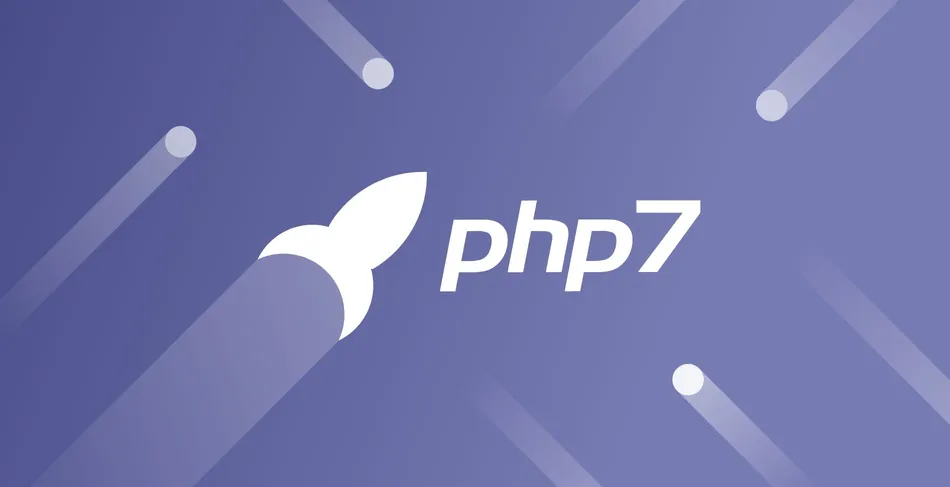With the launch of the much more powerful HTTP/2, our customers can now benefit from the latest version of the HTTP protocol on all of our servers. Just take a look at your own website to see the difference.
Lightning-fast
HTTP/2 improves the efficiency and speed of your data connection. With HTTP/1.1, the browser opened fewer than ten TCP connections for the transfer of data, HTML documents containing images, CSS files or Javascript libraries. Now, HTTP/2 utilizes several dozen parallel data streams within a single TCP connection. This enables many more resources to be retrieved from the server in parallel instead of sequentially. The header data (where elements such as cookies, which are becoming larger and larger, are stored) is also compressed, allowing it to be transferred more quickly. The HTTP/2 demo page by Akamai is one example of how it all works in terms of day-to-day usage.

Is HTTP/2 now ready for operation?
Thanks to the recently completed web server update to Apache 2.4, HTTP/2 is now available for all websites hosted by Hostpoint. However, as the majority of browsers do not support HTTP/2 for unencrypted connections, unencrypted HTTP requests will continue to be made via HTTP/1.1 and will therefore not be able to benefit from the new features.
If your website does not yet have an SSL certificate, it is probably now time to activate SSL. You can do so in just a few clicks – our own FreeSSL, which is free of charge, is an ideal option.
And what about browsers used by website visitors? With the exception of Opera Mini, all current browser versions should support HTTP/2. An overview of browser compatibility is available at Can i use.
How will HTTP/2 change things for web developers?
For web developers, HTTP/2 means a departure from tried and tested procedures. In future, you will no longer have to rely on unappealing workarounds such as domain sharding, concatenation and sprites or resource inlining, as these techniques will, for the most part, become obsolete thanks to the innovations offered by HTTP/2. Developers can find more interesting information about HTTP/2 on IETF’s HTTP/2 page or at http2 explained by Daniel Stenberg.























































